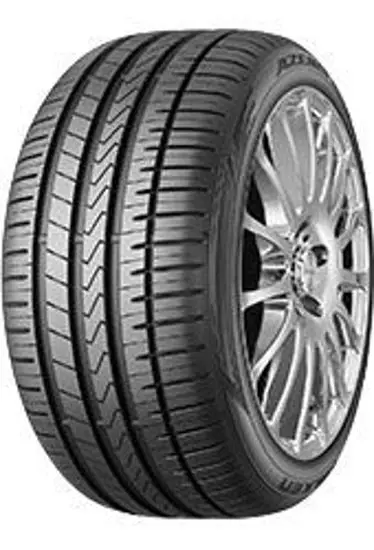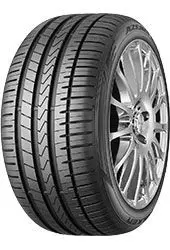Manufacturer information
EU Tyre Label
The Tyre Labelling Regulation determines the information that must be provided with regard to tyres' fuel efficiency, wet grip and external rolling noise. Information is also provided on the product's performance in wintery driving conditions.
Regulation EU 1222/2009, which has been in force since 01/11/2012, has been revised and will be replaced from 1 May 2021 by Regulation EU 2020/740, from which point new standards will apply. The assessment categories for fuel efficiency, wet grip and external noise have been changed and the layout of the EU label has been changed accordingly. The manufacturers' product data sheets, stored in the EU database, can be downloaded via a QR code integrated into the label. It also includes information on snow grip and ice grip for tyres that meet these criteria.
The following tyres are exempt from the regulation:
- Tyres designed to be fitted only to vehicles registered for the first time before 1 October 1990
- Remoulded tyres (until Regulation EU 2020/740 has been widened accordingly)
- Professional off-road tyres
- Racing tyres
- Tyres with additional devices to improve traction, e.g. studded tyres
- Temporary-use spare tyres (T-type tyres)
- Tyres with a speed rating below 80 km/h
- Tyres with a nominal rim diameter of 254 mm or less and 635 mm or more

Overview of criteria and valuation classes
Test results
Strengths:
Acceptable wet braking performance, good grip in wet and dry corners; its successor, the Falken Azenis FK520, will be available soon
Weaknesses:
Shortcomings when it comes to aquaplaning, when dry braking in terms of balance, response, and lane change reliability; better suited for less demanding vehicles in terms of drive dynamics
Conclusion:
Affordable, and fairly reliable on the wet. Recommended if price is a factor
(Source: auto motor sport Summer Tyre Test 2022 (245/45 R19 Y) Edition 07/2022
(10 tested products, 1x excellent, 3x very good, 4x good, 1x satisfactory, 1x adequate)
 Denmark
Denmark






